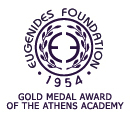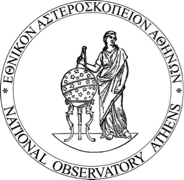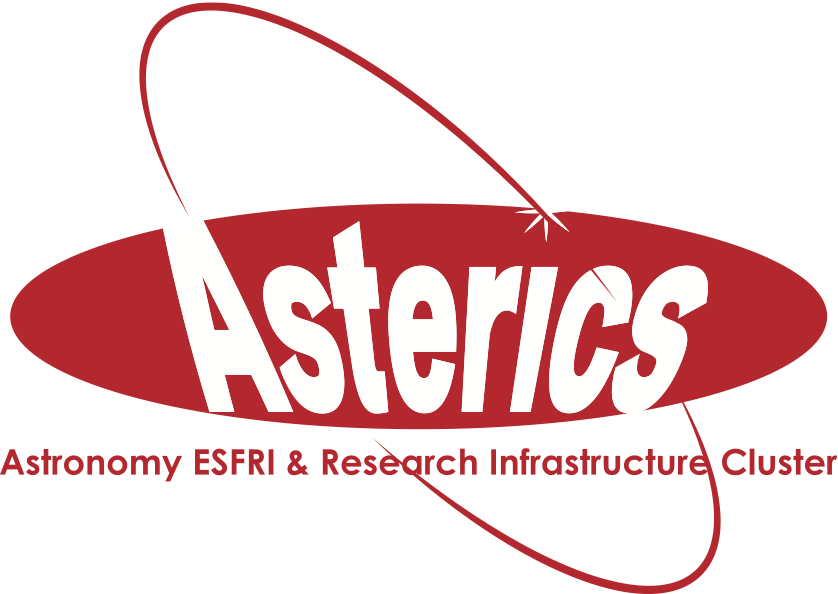Symposium S5
6 – 8 July 2016
How galaxies live and die: the onset and end of star formation across cosmic time
Aims and scope
How star-formation is regulated in massive galaxies (M*>10^10 Msun) is a fundamental problem in our current understanding of galaxy formation and evolution across cosmic time. How is cold gas fed and ejected from galaxies? Is AGN/stellar feedback a major mechanism as assumed by simulations? What makes a galaxy stop forming stars and how does this affect its structure/morphology?
Recently, tremendous progress has been made in answering these key questions both observationally and theoretically. Large, deep photometric and spectroscopic surveys offer a complete statistical view of when and how the stellar mass is assembled and how galaxies transformed their morphologies over the last ~10 Gyrs. Additionally, facilities like ALMA have made possible more detailed studies of the gas content in distant galaxies and have provided insight into how the AGN interacts with the ISM with the detection of molecular outflows. For the first time, statistically significant IFU surveys can resolve the kinematic and stellar population properties of local and distant galaxies. On the theoretical side, we now have large numerical simulations of both dark matter and baryons, which start resolving the physics responsible for the triggering and quenching of star-formation, refining semi-empirical and semi-analytical models.
Our 3 day symposium will be a showcase for all recent results on the topics of star-formation and quenching across cosmic time, bringing together observers and theorists. The meeting will be a platform upon which participants will exchange ideas paving the way forward for the exploitation of upcoming facilities and future simulations.
Programme
Star-formation across cosmic time
- From neutral gas to stars
- Star formation efficiency: baryons and their haloes
- Tracers of the evolution in cosmic star formation
- Emission line galaxies across cosmic time
Quenching of star formation
- Quenching as seen from stellar populations and galactic archeology
- Quenching and structure/morphology
- Environmental processes and mergers
- AGN and stellar feedback
Invited speakers
This is the list of invited speakers for the 25+5 min. targeted talks:
- Simon Lilly (ETH): Introducton to the regulation of star-formation in galaxies across cosmic time
- Linda Tacconi (MPE): Targeted talk on the observational aspects of star forming galaxies.
- Joe Silk (Oxford / IAP): Targeted talk on the theoretical aspects of star forming galaxies.
- Roberto Maiolino (Cambridge): Targeted talk on the observational aspects of the quenching mechanisms.
This is the list of invited speakers for the 12+3 min. talks:
- Fabio Fontanot (INAF)
- Claudia Lagos (ICRAR)
- Amelie Saintogne (UCL)
Scientific organisers
Chairs: Marc Huertas-Company (Paris), Myrto Symeonidis (UCL), Violeta Gonzalez-Perez (Durham/Portsmouth)
Marcella Carollo (ETH, Zurich, Switzerland)
Francisco Carrera (Instituto de Fisica de Cantabria, Spain)
Chris Conselice (U. Nottingham, UK)
Gabriella De Lucia (INAF, Trieste, Italy)
Yohan Dubois (IAP, France)
Benoit Epinat (LAM, Marseille, France)
Claudia Maraston (ICG, Portsmouth, UK)
Thorsten Naab (MPA, Germany)
Carlo Nipoti (U. Bologna, Italy)
Pablo Perez-Gonzalez (UCM, Spain)
Francesco Shankar (U. Southampton, UK)
Ignacio Trujillo (IAC, Spain)
Contact
marc.huertas @ obspm.fr, m.symeonidis @ ucl.ac.uk, violeta.gonzalez @ durham.ac.uk
Updated on Wed Jun 15 19:14:55 CEST 2016
|

 A power cut will shut down all EAS services on Tuesday, 10 January 2017 starting at 7:30 CET.
A power cut will shut down all EAS services on Tuesday, 10 January 2017 starting at 7:30 CET.












